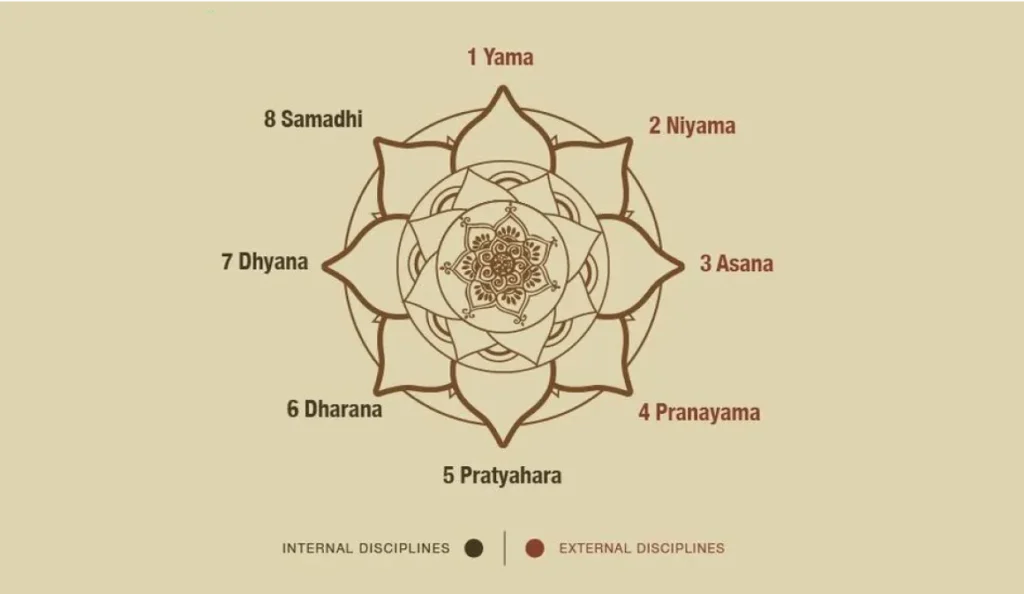Mantras are a powerful and transformative addition to any yoga practice. Rooted in ancient traditions, they combine sound, intention, and focus to create a more mindful and enriching experience. Whether you’re seeking greater mental clarity, spiritual growth, or emotional balance, incorporating mantras into your yoga routine can help deepen your practice and connect you to a sense of inner peace.
What Are Mantras?
Mantras are words, phrases, or sounds repeated either silently or aloud to focus the mind, set an intention, and enhance meditation or physical movement. The term “mantra” originates from the Sanskrit words “man” (mind) and “tra” (tool or instrument), meaning “a tool for the mind.”
Mantras can take many forms, including:
Sacred sounds: Such as Om or So Hum, which resonate with universal vibrations.
Affirmations: Positive phrases like “I am grounded” or “I am enough.”
Personal intentions: Specific words or phrases aligned with your goals or feelings for the day.
Benefits of Using Mantras in Yoga
Enhances Focus: Repeating a mantra during your practice helps quiet mental chatter, allowing you to stay present.
Balances Energy: The vibrational quality of mantras harmonizes your physical and emotional energy, fostering calmness.
Deepens Mindfulness: Mantras create a meditative rhythm, improving your connection to breath and movement.
Promotes Positivity: Positive affirmations uplift your mood and transform your mindset over time.
When and How to Use Mantras in Yoga Practice.
Set an Intention Before Practice
Begin your session by choosing a mantra that aligns with your goals for the day. For example, if you’re looking for calm, you might use the mantra Shanti (peace). Chant or silently repeat your mantra for a few breaths to center yourself.
Synchronize with Breath
During your practice, pair your mantra with your inhales and exhales. For example, silently repeat So as you inhale and Hum as you exhale. This breath-mantra combination keeps your mind focused and steady.
Use During Challenging Poses
When holding a challenging posture, a mantra can provide mental strength and perseverance. Repeat phrases like “I am strong” or “I am steady” to ground yourself.
Incorporate During Meditation
Mantras are a natural fit for the meditation portion of your practice. Sit comfortably, close your eyes, and chant your mantra aloud or internally to cultivate a deep state of relaxation.
Close Your Practice with a Mantra
End your session with a mantra that expresses gratitude or fosters peace, such as Om Shanti Shanti Shanti. This seals your practice with a sense of completion and calm.
Examples of Common Mantras
Om: Represents universal energy and the interconnectedness of all things.
Lokah Samastah Sukhino Bhavantu: “May all beings everywhere be happy and free.”
Hum: “I am that” – a mantra of self-realization and unity.
Om Namah Shivaya: A mantra for transformation and inner strength.
I Am…: Simple affirmations like “I am calm,” “I am enough,” or “I am resilient.”
Tips for Making Mantras Your Own
Start Small: Choose one mantra to work with initially and focus on its meaning.
Be Consistent: Repetition is key. The more you practice with a mantra, the deeper its effects.
Experiment: Try different mantras to see what resonates most with your energy and intentions.
Trust Your Intuition: Allow your mantra to evolve as your needs and yoga practice grow.
Conclusion
Mantras are much more than just words—they are a bridge between intention and action, a way to amplify the physical, mental, and spiritual benefits of yoga. By integrating mantras into your practice, you open yourself to greater mindfulness, balance, and self-discovery. Start small, stay consistent, and let the transformative power of mantras guide your journey on and off the mat.







